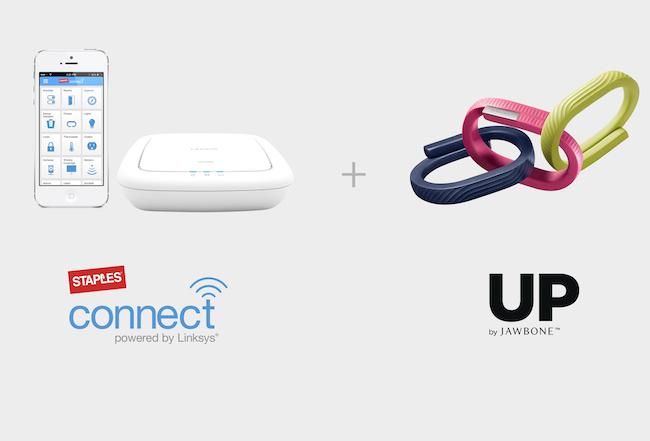
A year ago, Staples introduced the Connect app and a hub from Linksys, which was compatible with 20 devices when it arrived in stores in November 2013. Staples finally announced that it will update its smart home setup with a brand-new hub from D-Link this Fall. In addition to the types of connectivity already offered by the old hub from Linksy, the D-Link hub adds ZigBee and Bluetooth LE support. The new hub will cost $79.99, but Staples will still sell the Linksys hub for $49.99.
In comparison with its rivals, Staples Connect actually has a lot going for it.
The hub will then connect a plethora of smart home devices to the Connect app on your mobile device for easy remote control. Staples added several hardware partners, too, bringing the total number of compatible smart gadgets up to almost 150. Lutron, Philips, Honeywell, First Alert, Yale, Kwikset, Schlage, Leviton, Cooper, GE, D-Link, and Radio Thermostat are just some of the big-name brands that have joined Staples Connect.

Staples also announced that the Connect app will be available for Windows 8 devices, in addition to iOS and Android. Users will now be able to control their smart home gadgets remotely using PCs, Windows 8 tablets, iPads, iPhones, Android smartphones, and even the Jawbone Up fitness band.
Up owners will be able to control thermostats, shades, cameras, and more to suit their lifestyle. For instance, since Jawbone Up knows when you wake up, it can also trigger the lights or cue the window shades to rise.
To encourage more people to consider Staples Connect for their smart home setup, the retailer will set up specific sections in 500 stores across the country to show off its hub, app, and large offering of smart home gadgets.
In comparison with its rivals, Staples Connect actually has a lot going for it. The platform offers compatibility with more than double the amount of products than Wink does and it already has support for wearables built in. On the downside, its hub costs more than Wink’s $49 hub, although it’s not nearly as attractive, and Staples isn’t exactly the first place you think of when you think about buying things for your home. Wink, on the other hand, has a partnership with the Home Depot, which is one of the main home supply retailers in the United States.
Staples Connect may have sheer numbers on its side, but will it be enough to detract from the excitement surrounding Wink and Nest, for that matter? At this point, it’s impossible to say, but it’s clear that the smart home space is getting a lot more mobile and a lot more competitive.
Editors' Recommendations
- Echo Hub vs. Echo Show 8: Which is the best option for your smart home?
- How to connect smart home gadgets to your Amazon Alexa device
- The Lorex New Year Sale is the perfect opportunity to upgrade your home security
- Vivint’s new updates make its smart home system even smarter
- This one upgrade would make all our homes even smarter


